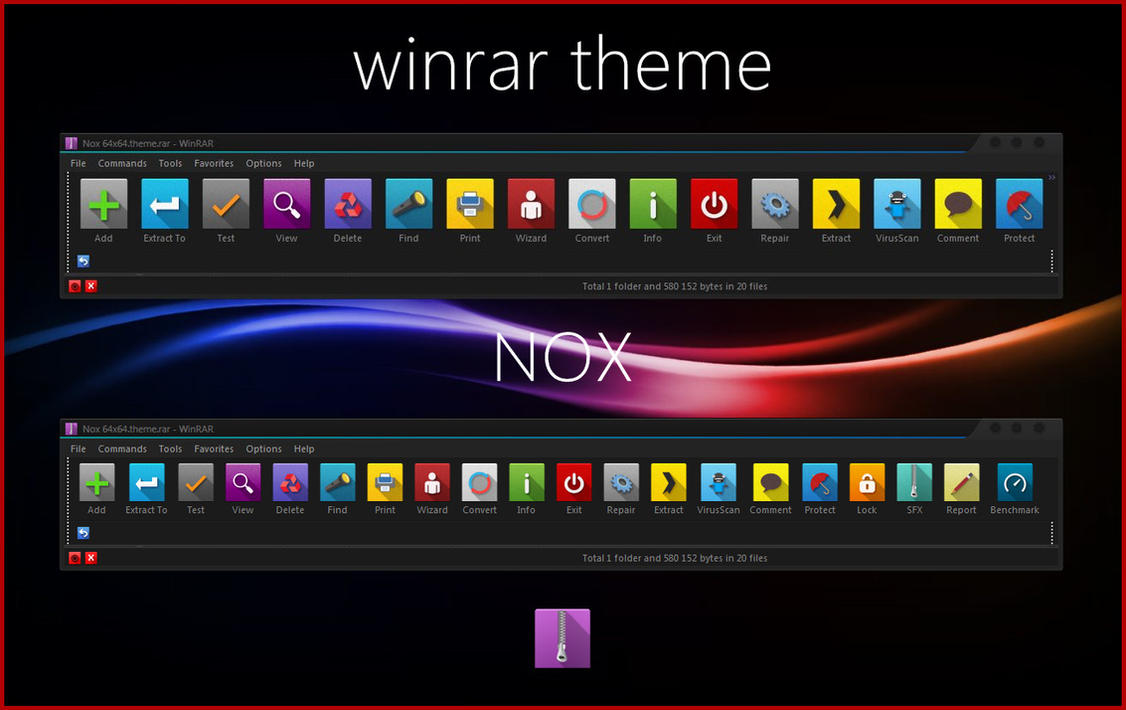PIA This narrowangle color image of the Earth, dubbed 'Pale Blue Dot is a part of the first ever 'portrait' of the solar system taken by Voyager 1. The spacecraft acquired a total of 60 frames for a mosaic of the solar system from a distance of more than 4 billion miles from Earth and about 32 degrees above the ecliptic. The Pale Blue Dot is a photograph of the earth taken from the Voyager Space Craft in 1990 from 6 billion kilometres away. This iconic image was taken at the request of famous astronomer, Carl Sagan, as the engineers took one last look at their home planet, which appeared as. Pale Blue Dot is a nonfiction and is Sagans analysis of the role space will play in humanitys future. It was written in 1994, and therefore one of his last publications, as Sagan tragically died in 1996. (en) Sagan's rationale for human spaceflight Article about Carl Sagan and Pale Blue Dot (en) Spaceflight or Extinction: Carl Sagan Excerpts from Pale Blue Dot Portail de la photographie Meaning and Purpose on the Pale Blue Dot. Look at the brown band on the right in this picture. Scan down, until you see a little pale blue dot. That's earth, and this was a picture taken by Voyager 1 in 1990 at distance of 3. 7 million miles (6 million kilometers) from earth. Reading Carl Sagan's words, I find myself. In Pale Blue Dot Sagan traces the spellbinding history of our launch into the cosmos and assesses the future that looms before us as we move out into our own solar system and on to distant galaxies beyond. As NASA's Voyager 1 spacecraft was about to leave our Solar System in 1989, Sagan, who was a member of the mission's imaging team, pleaded with officials to turn the camera around to take one last. The Pale Blue Dot was captured on February 14th in 1990. Since then, along with Sagans moving tribute, its inspired generations of people to look differently at their place in the universe. Since then, along with Sagans moving tribute, its inspired generations of people to. CARL SAGAN PALE BLUE DOT A V I S I O N O F T H E H U M A N F U T UR E I N S PA C E F O R S A M Another wanderer, May your generation see Wonders undreamt. 2 SPACECRAFT EXPLORATION OF THE SOLAR SYSTEM NOTABLE EARLY ACHIEVEMENTS UNITED STATES 1958 First scientific discovery in spaceVan Allen radiation belt. Buy Pale Blue Dot: A Vision of the Human Future in Space Reprint by Carl Sagan (ISBN: ) from Amazon's Book Store. Everyday low prices and free delivery on eligible orders. Joe Rogan and Neil deGrasse Tyson on Infinity and NASA Announcement Duration: 17: 13. Joe Rogan Podcast Clips Fan Page 809, 250 views Pale Blue Dot, by Carl Sagan Look again at that dot. On it everyone you love, everyone you know, everyone you ever heard of. Taking these images was not part of the original plan, but the late Carl Sagan, a member of the Voyager imaging team at the time, had the idea of pointing the spacecraft back toward its home for a last look. Voyager 1 looked back toward Earth and saw a 'pale blue dot, ' an image that continues to inspire wonderment about the spot we call. Carl Sagan (9 November 1934 20 December 1996) was an American astronomer and popular science writer. Carl Sagan, Pale Blue Dot: A Vision of the Human Future in Space. CARL SAGAN Quotes shared The Universe of Carl's photo. Sp S on S so S red S July 16, 2016 The Universe of Carl. In Pale Blue Dot Sagan traces the spellbinding history of our launch into the cosmos and assesses the future that looms before us as we move out into our own solar system and on to distant galaxies beyond. Please dont start it unless you intend to read it all, and read it carefully. In the incredible words of Carl Sagan: The mightiest among us, the most powerful we know, are all but fleeting. This is Carl Sagan reading from his book, The Pale Blue Dot. Director Michael Marantz shoots the timelapse for this piece, composes the music and edits. Category The scene Sagan describes: This color image of Earth, taken by Voyager 1 in 1990 and dubbed Pale Blue Dot, is part of the first ever portrait of our solar system. Credit: NASAJPL Carl Sagan was a scientist and educator best known for his TV series Cosmos, the Pale Blue Dot image of Earth and quotes about life and Earth. Jack Madden, member of the Carl Sagan Institute and a PhD candidate in Astronomy, won 2nd prize in the elevator art Carl Sagan was what every science nerd aspires to be. He was an astronomer, astrobiologist, physicist, cosmologist, author, educator, sometimes philosopher, and advocate of human space travel. Carl Sagan's Pale Blue Dot May Help To Keep Tuesday's Presidential Election In Perspective: 13. 7: Cosmos And Culture On a day where we as a nation will make a very important collective decision. Para el libro de Carl Sagan vase Un punto azul plido (libro) Un punto azul plido ( Pale Blue Dot ). Puede observarse la Tierra como un punto de luz entre blanco y azulado situado en la franja marrn de ms a la derecha de la imagen. Mankinds professed authority on Earth overshadows the real sovereignty of things. Pale Blue Dot: A Vision of the Human Future in Space by Carl Sagan is the FIRST work by Sagan Ive ever read. Sagan wrote many books both fiction and nonfiction, and Ive yet to get to any of them. EN) Sagan's rationale for human spaceflight Article about Carl Sagan and Pale Blue Dot (EN) Spaceflight or Extinction: Carl Sagan Excerpts from Pale Blue Dot (EN) A new picture of Earth taken through the rings of Saturn by the Cassini spacecraft on September 15, 2006. This excerpt from A Pale Blue Dot was inspired by an image taken, at Sagan's suggestion, by Voyager 1 on February 14, 1990. As the spacecraft left our planetary neighborhood for the fringes of the solar system, engineers turned it around for one last look at its home planet. CARL SAGAN, ANN DRUYAN, and STEVEN SOTER. We are building a new carlsagan. Sign up to receive news and information about our progress. Instagram; Facebook; Youtube; Twitter; For inquiries regarding copyright permissions or other information please contact quick@carlsagan. This is an excerpt from Carl Sagan's Pale Blue Dot: A Vision of the Human Future in Space. It talks about the photo of the same name, Pale Blue Dot, taken by Voyager I on. Pale Blue Dot: A Vision of the Human Future in Space is a 1994 book by Carl Sagan. It is the sequel to Cosmos and was inspired by the famous Pale Blue Dot photograph, for which Sagan provides a. Carl Sagan's timeless Pale Blue Dot speech is the best way to set perspective. The Voyager 1 space probe took the famous photo from 3. There is something about Carl Sagan's famous Pale Blue Dot passage that is, to me at least, perfect. From this distant vantage point, the Earth might not seem of any particular interest. A Pale Blue Dot This excerpt from Sagan's book Pale Blue Dot was inspired by an image taken, at Sagan's suggestion, by Voyager 1 on February 14, 1990. As the spacecraft left our planetary neighborhood for the fringes of the solar system, engineers turned it. Carl Sagan author of A Pale Blue Dot; The DemonHaunted World, Contact, Cosmos We succeeded in taking that picture [from deep space, and, if you Over the years, Ive enjoyed my share of animated adaptations of Carl Sagans iconic Pale Blue Dot monologue, based on the seminal photograph of Earth taken by the Voyager 1 spacecraft in 1990. Now comes a lovely motion graphics adaptation by animation studio ORDER enjoy, and see if you can. Das Bild inspirierte Sagan zu seinem Buch Pale Blue Dot: A Vision of the Human Future in Space (deutscher Titel: Blauer Punkt im All. Carl Sagan, der schon mit dem Buch und der Fernsehserie Cosmos: A Personal Voyage (deutscher Titel: Unser Kosmos) einer breiten ffentlichkeit komplexe wissenschaftliche Themen wie die Entstehung des Universums, der Galaxie. 103 quotes from Pale Blue Dot: A Vision of the Human Future in Space: Look again at that dot. On it everyone you lo Earth: The Lone Pale Blue Dot? The first, captured by the Voyager spacecraft in 1990, stunned many people, including the famous astronomer Carl Sagan who called our seemingly miniscule planet a pale blue dot and the only home we've ever known. Written by Carl Sagan, Narrated by Carl Sagan, Ann Druyan. Download the app and start listening to Pale Blue Dot today Free with a 30 day Trial! Keep your audiobook forever, even if you cancel. Pale Blue Dot is a popular science book which deals with the solar system while also reflecting on some of the big issues concerning humanitys place in the cosmos. The Carl Sagan Institute: Pale Blue Dots and Beyond, at Cornell University, is named after the late astrophysicist and science popularize, and will assist in the search for life elsewhere in the. Pale Blue Dot was Carl's last book, written while he was battling cancer and published after his death. Sagan was responsible for having NASA rotate a Voyager spacecraft (as it was leaving the solar system) and photograph the planets, including of course the Earth, which was appeared as a. Brief audio recording of Carl Sagan describing the primary concept of his book Pale blue dot: a vision of the human future in space. In reflecting on the image of the Earth as a tiny speak he notes that's us that the Earth is a mote of dust, suspended in a sun beam' and a very small stage in. Carl Sagans Pale Blue Dot March 17, 2015 Sagan Carl John Messerly This multimedia presentation was reprinted in the online magazine of the Institute for Ethics.











